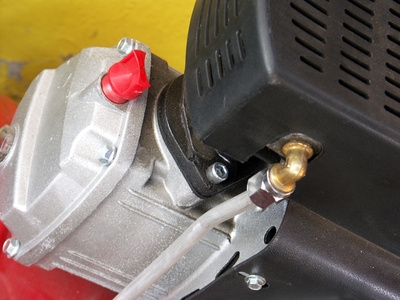
Honda air conditioners are designed to efficiently cool or warm the air in the car. They use a refrigerant, typically Freon, to exchange heat with the engine with cooler outside air. In addition to the refrigerant, the system uses a compressor to pump the mixture, sensors to gauge the temperature correctly, and control panels to send signals to the other components. The compressor and the evaporator work to manage the refrigerant itself and cycle it through the system.
If your Honda air conditioner is abnormally noisy or disruptive, then this signals a problem with the compressor. Compressors are run using motors that can wear out over time and have electrical components that can fail. Check your compressors hoses and connection to make sure they are not making the noise, then turn to the motor and its electrical connections. If you turn on your air conditioning and the compressor does not respond, it is possible that it has blown a fuse or developed a wiring problem. Replace the fuse and look for any underlying causes, such as leaks or wires. If the compressor motor does not turn or is simply not activated by the magnetic clutch, you will need to replace it. Failures are often caused by lubricant problems. Oil is slowly lost as the compressor does its work and needs to be occasionally replenished.
If your system has refrigerant and there are no leaks but it is still malfunctioning and will not warm or cool the air, then the problem could be an expansion valve. Hondas use expansion valves in their refrigerant lines that sense when the refrigerant has reached a certain temperature or pressure before letting it pass on. A broken expansion valve will block refrigerant flow or let it flow too easily. These should be replaced by a mechanic.
Many car air conditioning problems can be traced back to the refrigerant fluid used to transfer heat. If the system is not working properly, if any of the main components have clogged, if there are signs of a leak, or if frost is building up the evaporator, you probably have a refrigerant problem. Replace or patch all leaking components to remove the possibility of losing more refrigerant, then take your Honda to a dealer who can use gauges to sense the amount of refrigerant remaining and add the correct amount.
Occasionally, refrigerant needs to be drained and recharged as well. Over time the refrigerant tends to pick up oil, water, dust, and other particles. The water can freeze and damage the valves, while other particles can clog the lines so they will need to be replaced. When a system is recharged, the remaining refrigerant is drained, the lines are flushed, and new, clean refrigerant is added. Take your car to a mechanic for this procedure.